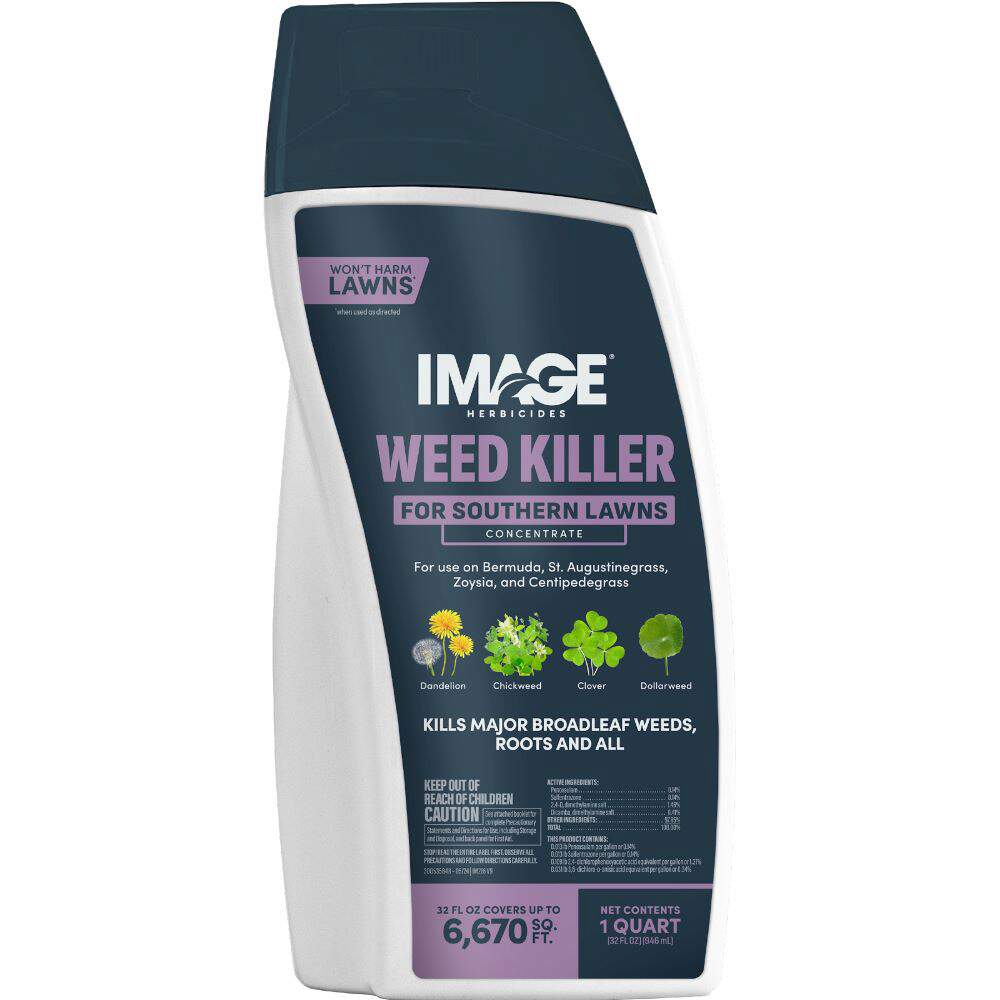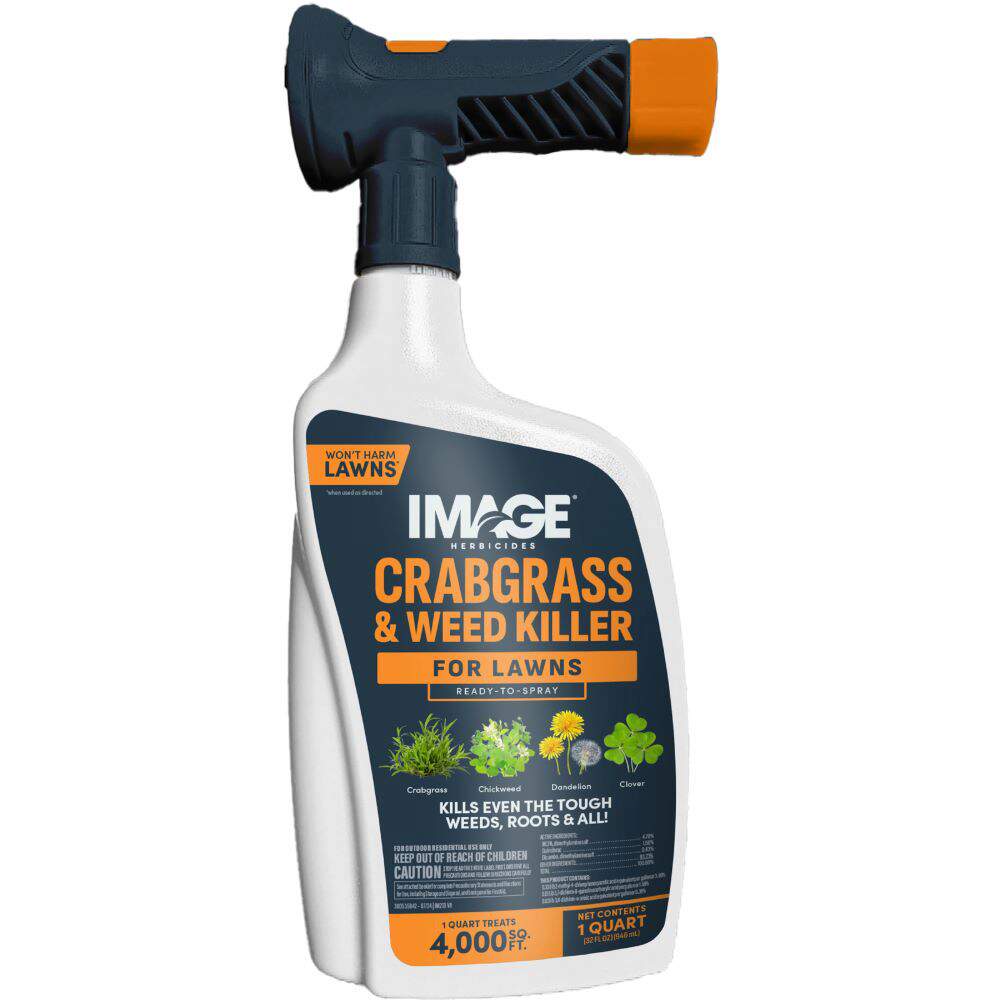HOW TO IDENTIFY CHICKWEED
Common chickweed grows to form a low, dense, spreading mat of green. This annual broadleaf winter weed typically stays fewer than 2 inches tall in lawns. But it may grow two to three times that height in gardens and shady non-lawn areas.
Chickweed's light green stems race along the ground, rooting at the nodes as they go. The stems have a distinct row of vertical hairs along their length. The smooth, pointed, bright green leaves appear opposite each other along the stem. Snap a stem, and you'll see a stretchy center cord.
Clusters of hairy green buds and small star-like white flowers appear at the ends of chickweed stems. Each flower has five deeply lobed petals, which make each petal look like two. Small whitish capsules at stem ends contain numerous seeds. Chickweed has shallow fibrous roots.
WHERE AND WHY CHICKWEED GROWS
Common chickweed grows throughout the United States, except for the westernmost regions. This winter weed primarily affects lawns, turf and gardens. It's often found in disturbed areas, including roadsides and farm fields as well.
Chickweed flourishes in cool, moist, shaded areas. It tolerates a wide range of soil types and temperatures. This resilient weed can even flower and fruit under snow. Thanks to heavy seed production, this weed spreads quickly. Excess seed builds up in soil and stays viable for several years.
HOW TO CONTROL CHICKWEED
When treating chickweed or any lawn weed, always read product labels carefully. Some lawn grasses are sensitive to certain herbicides, so make sure the product can be used on your grass type. Only treat established lawns. For best results, treat chickweed when newly emerged weeds are young, small and actively growing.
Image Herbicides offer several highly effective liquid products to kill or control chickweed:
- Image Herbicides Crabgrass, Nutsedge & Weed Killer for Lawns, available in Ready-to-Spray and Concentrate formulas, is a selective weed killer that starts working on contact to kill chickweed to the root. This product can be used on most cool-season and warm-season lawn grasses. But don't use it on St. Augustine grass lawns.
- Image Herbicides Weed Killer for Southern Lawns, available in Ready-to-Spray and Concentrate formulas, starts working immediately to kill chickweed and other tough listed broadleaf weeds down to the roots. With these fast-acting, convenient formulas, you'll start to see results in hours.
- Image Herbicides Crabgrass & Weed Killer for Lawns, available in Ready-to-Spray and Concentrate formulas, kills even the tough weeds — roots and all. For best results, apply this selective post-emergent herbicide when soil is moist and chickweed is actively growing. Use it anytime during the season to fight chickweed as new weeds emerge from the ground — just follow label guidelines for frequency of applications and seasonal maximums for broadcast treatments.
Chickweed Control Tip: A single chickweed plant can produce up to 800 seeds, which persist in soil for years. Treat this annual weed before it sets seed to prevent a stockpile from building up in soil.
If you're looking for a granular option for post-emergent weed control, Pennington Full Season Weed & Feed 25-0-8 controls chickweed and feeds your lawn.
Always read product labels thoroughly and follow instructions, including guidelines for lawn grasses, frequency of applications and seasonal maximums that may apply.
CHICKWEED GALLERY

Chickweed Plant

Chickweed in Lawn

Chickweed Flowers

Chickweed Foliage

Chickweed Seeds



